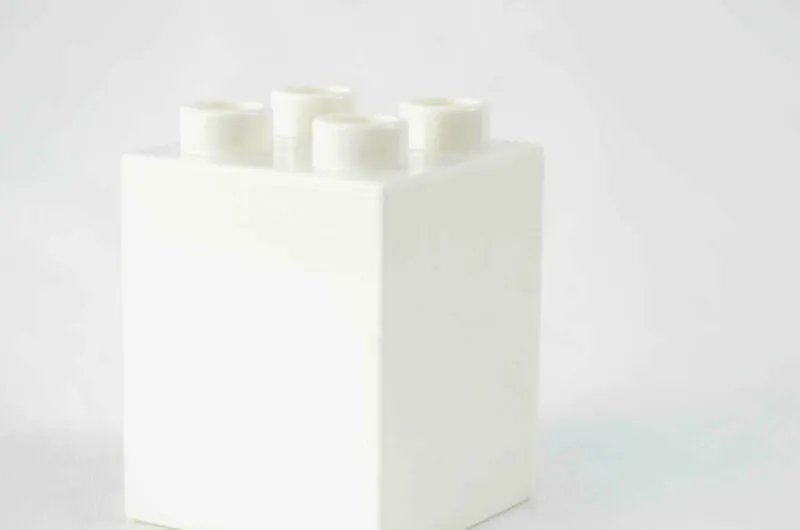You can’t spell patent without PTE
Launching a new pharmaceutical product into the market is a time consuming venture. The time spent navigating through clinical trials and the regulatory authorisation process erodes a substantial period of time that these products could otherwise be on the market benefiting from patent protection.
To account for this, numerous jurisdictions around the world provide for an extension of patent term for patents which relate to pharmaceutical products. These extensions aim to compensate companies for the delays encountered. Therefore, the availability of an extension of patent term acts as a form of incentive for companies to continue developing pharmaceutical products.
The origins of Patent Term Extensions
Historically, extensions for patents relating to pharmaceuticals (Patent Term Extensions, or PTEs) were introduced in several jurisdictions to drive new research into pharmaceuticals by providing compensatory means for the loss of effective patent life attributable to delays as a result of the regulatory approval process.
What are the core PTE provisions available in key jurisdictions?
The outline below briefly summarises and compares key PTE provisions in the following jurisdictions: Australia, Canada, Europe, Israel, Japan, and the United States.
What is the maximum term of extension?
Australia: 5 years.
Canada: 2 years.
Europe: 5 years.
Israel: 5 years.
Japan: 5 years.
United States: 5 years.
Are there further considerations on the maximum term of extension?
Australia: Term ≤15 years from first Market Authorisation (M.A) in Australia.
Canada: Maximum extension = 2 years.
Europe: Term ≤15 years from first M.A in a European Medicines Agency (EMA) contracting state.
Israel: Term ≤14 years from first M.A in Israel.
Japan: Duration is the period of time the patented invention “could not be worked” due to requiring a M.A in Japan.
United States: Term ≤14 years from first M.A in the United States.
What types of patents are eligible for extensions?
Australia: Eligibility criteria include: 1. The product (per se). 2. The manufacture process (recombinant DNA technology).
Canada: Eligibility criteria include: 1. The product (per se). 2. A product-by-process. 3. Medical use(s). 4. Combinations (if approved).
Europe: Eligible if a patent claims an approved medical product(s).
Israel: Eligibility criteria include: 1. The product (per se). 2. Devices.
Japan: Any patent where a M.A requirement meant the patented invention “could not be worked”.
United States: Eligibility criteria include: 1. The product (per se). 2. The manufacture process. 3. Medical use(s).
Is it possible to obtain multiple patent term extensions per patent application?
Australia: No.
Canada: No.
Europe: Yes.
Israel: No.
Japan: Yes.
United States: No.
Is it possible to obtain multiple patent term extensions for a product?
Australia: Yes.
Canada: No.
Europe: Yes.
Israel: No.
Japan: Yes.
United States: Very rarely.
Concluding remarks
As the examples above illustrate there are both similarities and variations between jurisdictions in regards to extending the term of a pharmaceutical patent. For instance, some jurisdictions only permit one extension per product while others allow for a product to have extensions over multiple patents. Additionally, certain jurisdictions limit the duration of an extension to a defined effective patent life term, while others may limit the eligible patents based on the subject matter they contain. Due to this variability determining the effective patent life for a patent subject to a PTE is not always straightforward. As such, we recommend to first consult with patent and I.P specialists to account for the effect any PTEs may have.


